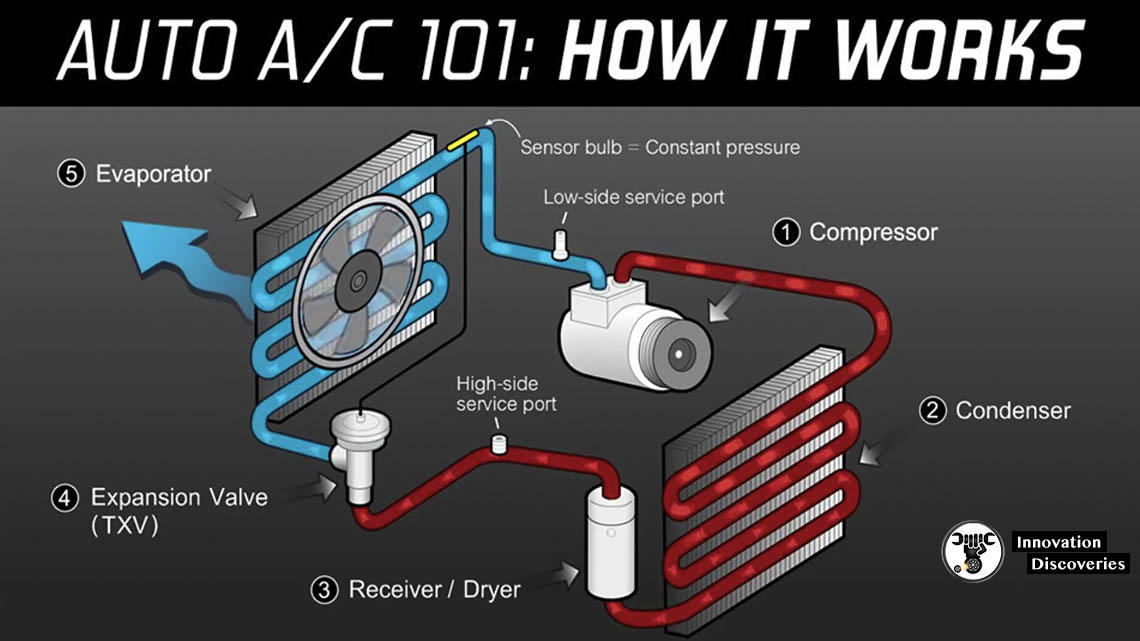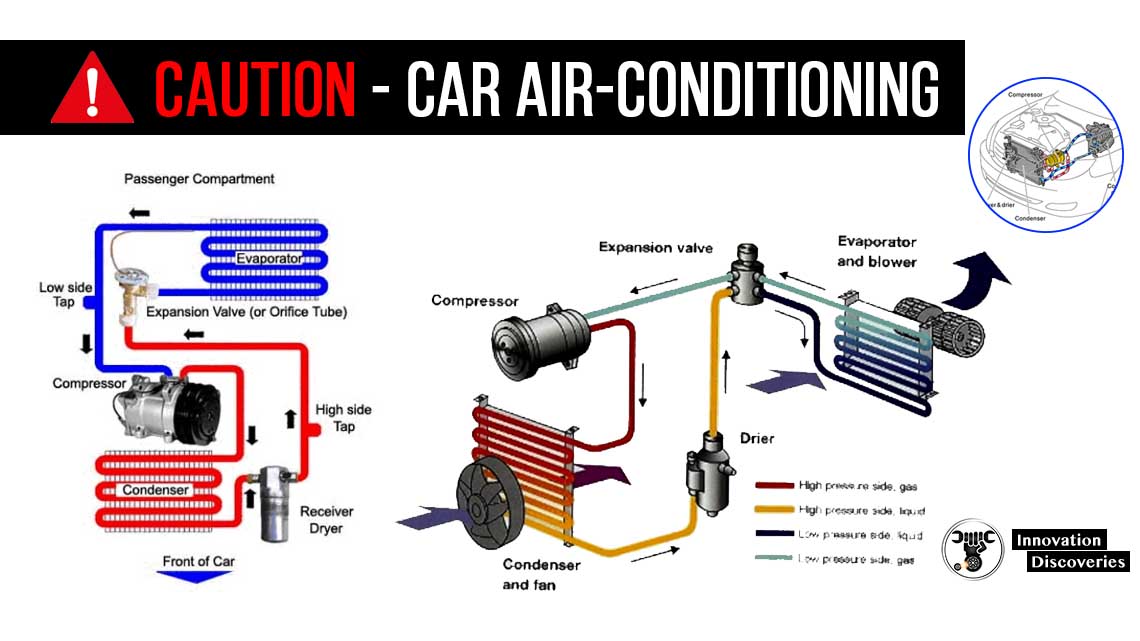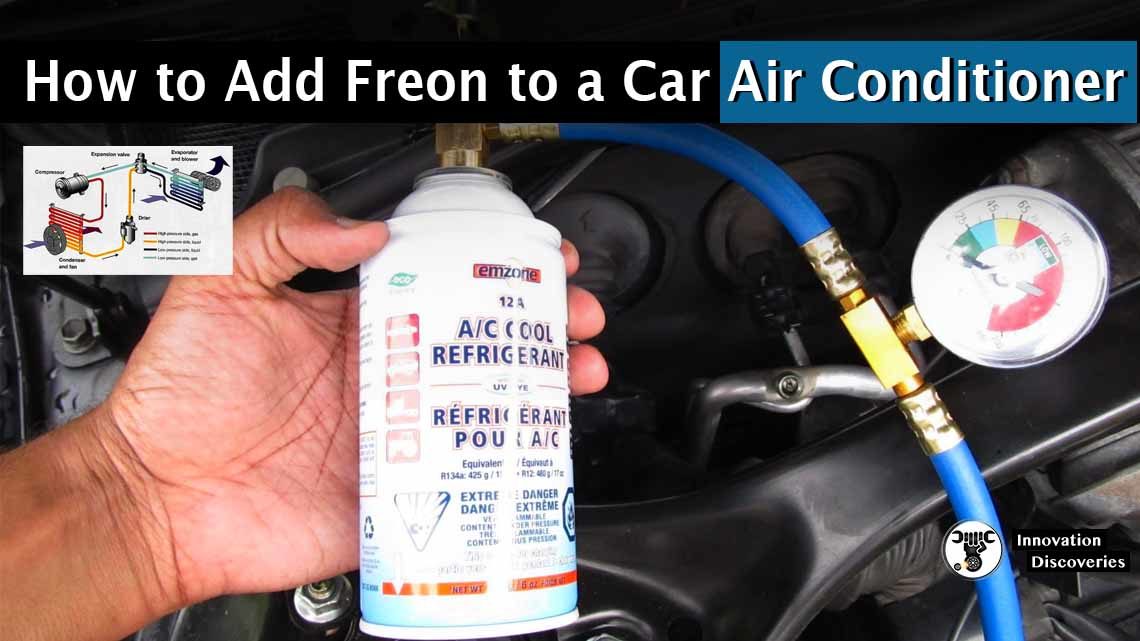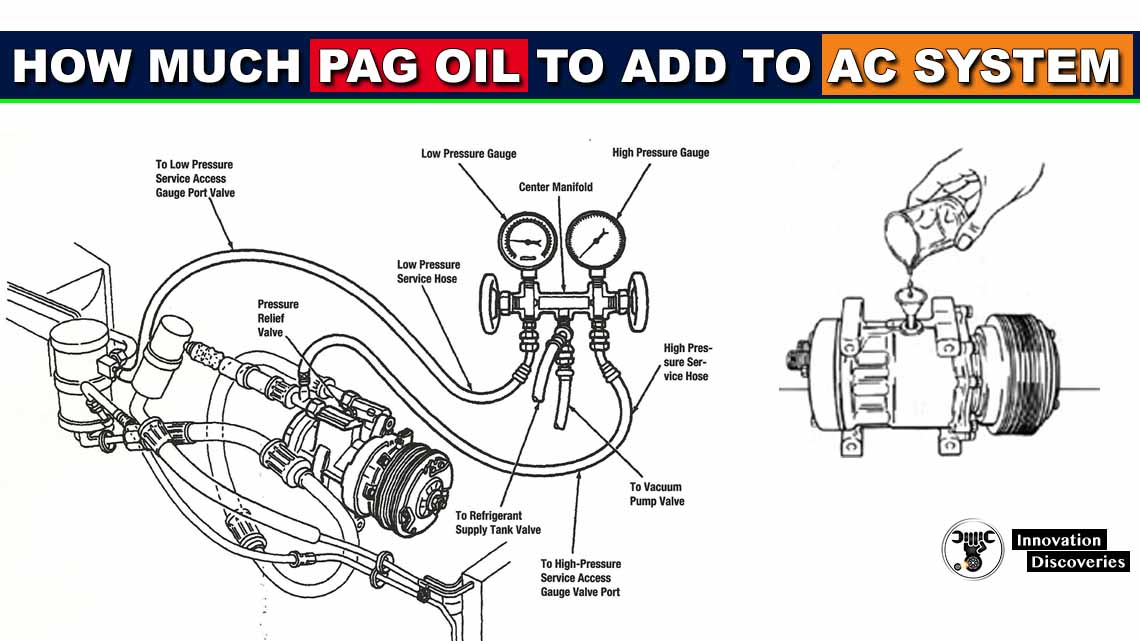
Introduction
When it comes to maintaining and servicing your vehicle’s air conditioning (AC) system, one important factor to consider is the proper amount of PAG oil to add. PAG oil plays a crucial role in lubricating the AC system components, ensuring their smooth operation and longevity.
In this article, we will discuss which AC components require an oil refill, what PAG oil is, and how much PAG oil should be added to the AC system.
Which AC Components Require an Oil Refill?
The AC system in your vehicle consists of various components that work together to cool and dehumidify the air. These components include the compressor, evaporator, condenser, accumulator, and hoses.
Over time, due to normal wear and tear or during AC system repairs, some of the PAG oil may be lost or drained from these components. Therefore, it becomes necessary to add the appropriate amount of PAG oil to maintain the lubrication and proper functioning of the AC system.
What Is PAG Oil?
Polyalkylene Glycol (PAG) oil is a synthetic oil specifically designed for use in automotive AC systems. PAG oil has excellent lubricating properties and is compatible with the refrigerant used in most modern vehicles, such as R134a. It is formulated to provide proper lubrication to the AC system components while also helping to carry the refrigerant throughout the system.
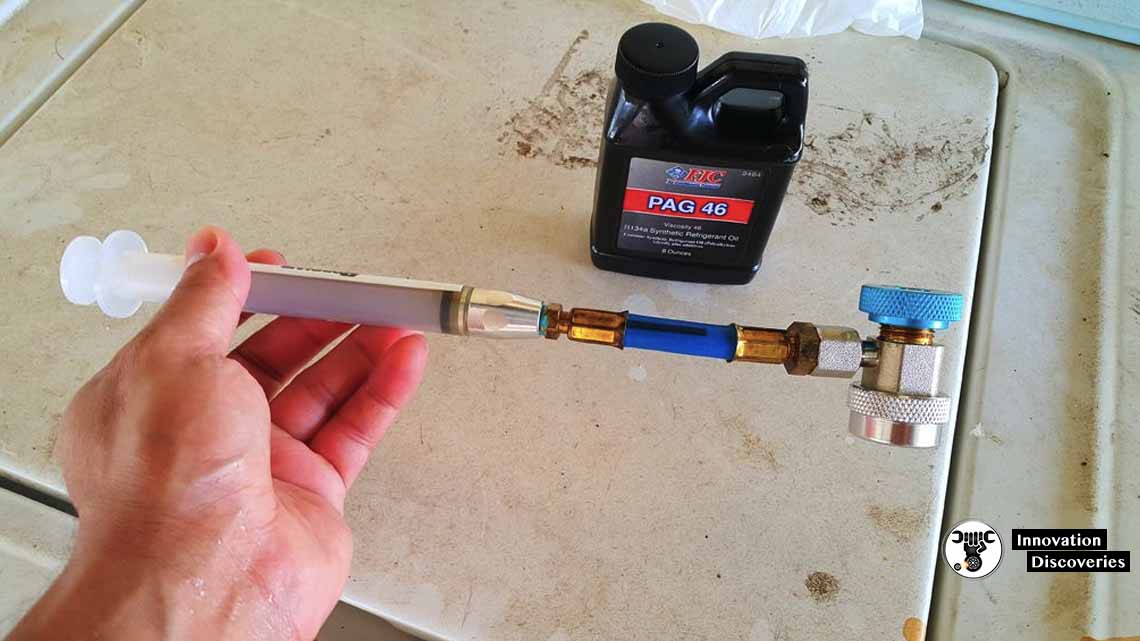
To find out the right PAG oil viscosity for the AC’s compressor you need to look into the owner’s manual.
How much PAG oil should be added to the AC system?
The amount of PAG oil that needs to be added to the AC system depends on the specific component being serviced. Here is a general guideline for the amount of PAG oil needed for smooth operation:
1. Compressor:
The compressor is one of the main components of the AC system. It is responsible for pressurizing and circulating the refrigerant. When replacing a compressor or performing major repairs, it is recommended to add 1.4 ounces of PAG oil to the compressor.
2. Evaporator:
The evaporator is located inside the vehicle’s cabin and is responsible for removing heat and humidity from the air. When replacing the evaporator or performing repairs that involve opening the system, it is advisable to add approximately 1.5 ounces of PAG oil to the evaporator.
3. Condenser:
The condenser is located in front of the vehicle’s radiator and is responsible for releasing heat from the refrigerant. If the condenser needs to be replaced or repaired, it is recommended to add around 1 ounce of PAG oil to the condenser.
4. Accumulator:
The accumulator, also known as the receiver-drier, is responsible for filtering and drying the refrigerant. When replacing the accumulator or performing repairs that involve opening the system, it is advisable to add approximately 1 ounce of PAG oil to the accumulator.
5. Hoses:
The AC system contains various hoses that transport the refrigerant and oil throughout the system. If a hose is replaced or a significant amount of oil is lost, it is recommended to add approximately 1 ounce of PAG oil for each hose that is serviced.
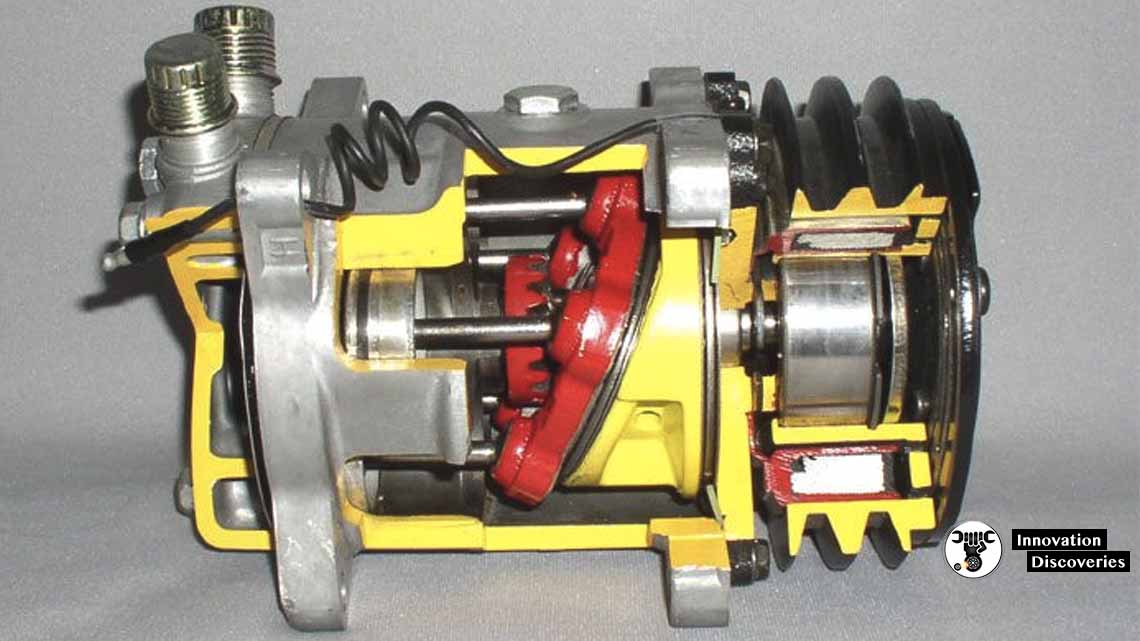
Here is the amount of PAG oil needed for its smooth operation by different AC components:
- Compressor = 1.4 ounces
- Evaporator = 1.5 ounces
- Condenser = 1 ounces
- Accumulator = 1 ounces
- Hoses = 1 ounces
It is important to note that these amounts are general guidelines, and the manufacturer’s recommendations may vary for different vehicle makes and models.
Always refer to the specific service manual or consult a professional technician for the precise PAG oil requirements for your vehicle’s AC system.
Conclusion
Properly maintaining the AC system in your vehicle is essential for comfortable and efficient cooling. Adding the correct amount of PAG oil to the AC system ensures proper lubrication of the components, which contributes to their longevity and smooth operation.
When servicing the AC system, consider the specific components being worked on and refer to the manufacturer’s recommendations or consult a professional technician to determine the appropriate amount of PAG oil to be added.
By following these guidelines, you can help keep your vehicle’s AC system running smoothly and enjoy comfortable driving experiences, especially during hot summer days.
Discover More:
How To Use AC Vacuum Pump For Pulling Out The Moisture?
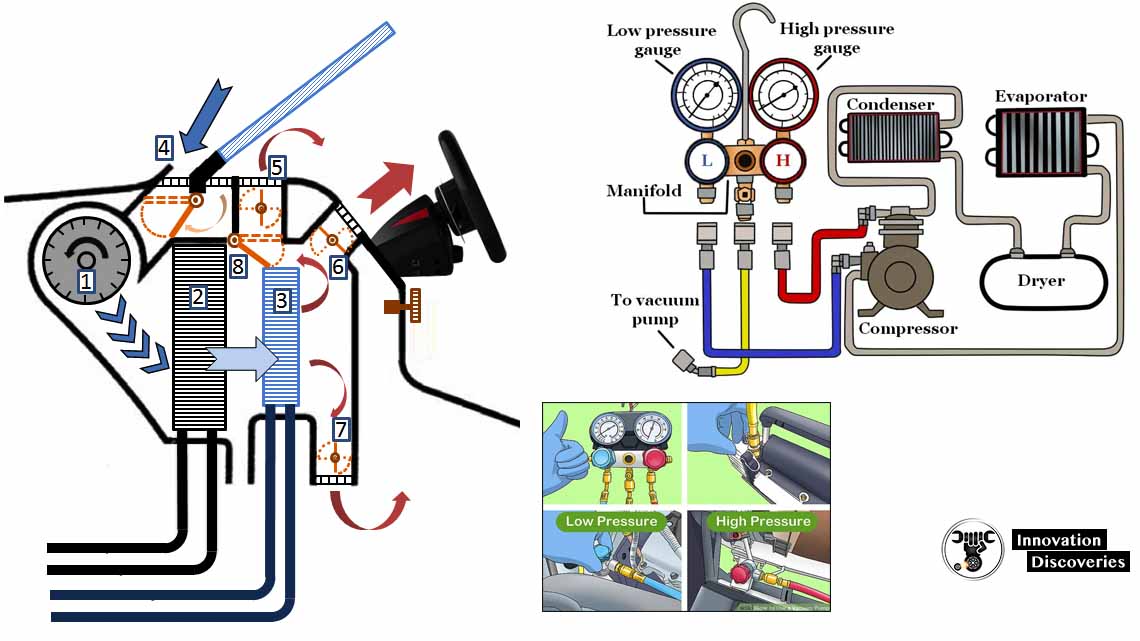
Visit Forum
Visit Our Friendly Website



